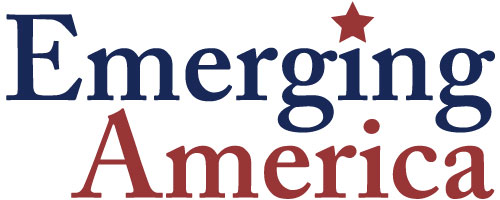ESL examples: Daily Life in Colonial Massachusetts through Primary Sources (3rd Grade)
ESL examples: Is it ever ok to break a law? (High School)
Although this series of lessons utilizes sources from the Civil Rights Movement, the topic of focus could be changed to better support student needs or to better align to your topics of study.
ESL examples: Can you always speak your mind freely in schools? (8th grade)
Throughout these lessons, multilingual learners will develop the language necessary for success in the content area of social studies.
Time Out – Spotlight Offensive Language in Primary Sources
Every unit of the Reform to Equal Rights: K-12 Disability History Curriculum includes an introduction to the topic of disability, including strategies to address disrespectful vocabulary.
Language-aware lesson example: Does the First Amendment say you can? (8th Grade)
Explore the First Amendment free speech rights
of students...through analysis of Supreme Court decisions.
Students will practice summarizing interpretations of Freedoms of Speech under
the First Amendment.
How disability activists created change
This lesson has a sharable ready-made album of primary sources with an introduction essay by the author!
Disability, Protest, and the 504
“I Can’t Even Get To The Back of the Bus” – Disability, 504 and the Power of Protest
This lesson investigates why and how people take action to make a difference. Building from an inquiry-based RAN chart, the lesson explores the context of the 1977 protests calling on the Federal Government to actually implement 504 access legislation. Featuring a variety of primary sources, including testimony of activist Ed Roberts.
What is our value? A look at undervalued people
Putting Primary Sources in Order - Text Set and Flow Map
Organizing a rich text set of primary sources requires that students analyze and make sense of several sources on a topic. In this case, they seek to answer a focused guiding question. Students sort through about a dozen images, letters, forms, and political cartoon. In practice, a teacher could offer fewer sources, though it is a valuable sometimes to require students to choose among sources. The primary sources are also give context by a secondary source narrative from the Veterans Administration.
